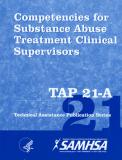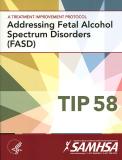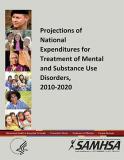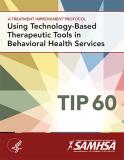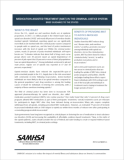
This brief provides guidance to state governments on increasing the availability of evidence-based medication-assisted treatment (MAT) in criminal justice (CJ) settings. By including the criminal justice system as a path to treatment, states may see an increase in access to and retention in treatment, and lower rates of overdoses, re-offending, and re-incarcerations. In this brief, states are provided an overview of the issue, the challenges to incorporating MAT, key considerations for establishing MAT in CJ settings, and existing standards/guidelines.
Units per Product
Download
MAT in the Criminal Justice System
File Type: PDF
File Size: 272 KB



